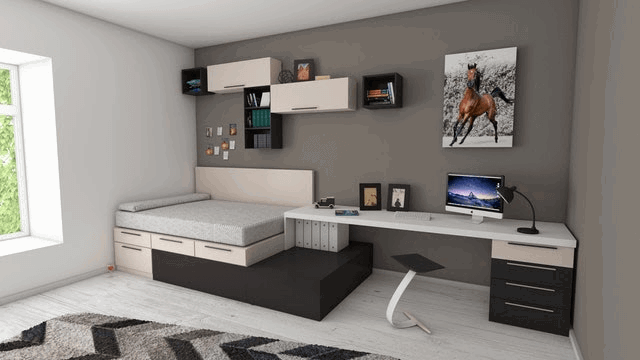How to Plan for Financing Your Home?

Source: HomeCapital Website
A home finance system aims to provide the funds home buyers need to purchase their homes. This refers to the money we use to develop and maintain the residential stock in the country. But it also applies to the money in the form of leases, mortgage loans and repayments that we need to pay for it.
Here are some factors to consider before developing house financing:-
Differences between Banks and HFCs - Banks are not just the only places you can get home finance from. You can also get a home loan from the Housing Finance Companies (HFCs), at competitive rates. An HFC is a kind of Non-Banking Finance Company (NBFC) dedicated solely to get or develop home financing.
Loan Portfolio Funding- Banks use the money their customers invest in their Current Accounts & Saving Accounts (CASA) to fund their loan lending. It's the same money we deposit with the banks which the bank gives as loans. HFCs, on the other hand, finance their loans by collecting public money or by borrowing from banks. Since HFCs borrow from banks, they get higher funding costs. So we see that the interest rate paid for a home financing by HFCs is higher than the interest rate paid by the banks.
Difference between Fixed Interest Rates and Floating Interest Rate- Fixed interest rate loans are those in which a borrower charges fixed interest and hence fixed EMIs during the loan's duration. In such a loan, the interest rate a borrower pays doesn't change with the policy rate increase. The borrowers will be assured that their loan costs will be fixed as their income increases over time leading to incremental potential savings. This will give a borrower greater control over the budget, along with a sense of trust and security. And the fixed interest rates encourage future planning.
Floating interest-rate loans are those where a borrower charges variable interest rates and hence variable EMIs over the loan's lifetime. The applicable interest rate would depend on the prevailing economic conditions and policy tariffs. Floating interest rates are composed of two components: a variable factor such as 1Y MCLR and a fixed spread over the variable; 40bps for example.
Source: Economic times Website
Schemes for Policy- Pradhan Mantri Awas Yojana (PMAY)-Housing for all by 2022 is a famous scheme launched in 2015 by the Government of India. The goal of this scheme is to provide every family in India with a pucca house with all the basic facilities such as water supply, toilet, electricity 24/7 and access to a home by 2022. The year 2022 was chosen because India would complete its 75 years of Independence in that year.
The year 2022 was chosen because during the year 2015 the Pradhan Mantri Awas Yojana-Urban (PMAY-U) was introduced and replaced the current Rajiv Awas Yojana. The PMAY-U originally aimed to provide accommodation for citizens who fall under the categories of the Economically Weaker Section (EWS) and the Low-Income Group (LIG). would complete its 75 years of Independence in that year. The scheme has now been expanded to cover India's large middle class (Middle Income Group), whose growth is a significant factor for the development of India. Now PMAY-U will help families whose annual income is a maximum of INR 18 lakh.
The second part of the scheme, Credit Linked Subsidy Scheme (CLSS), is of prime importance for a home buyer because it directly improves the affordability of the home. Under this scheme, the interest portion of your home loan EMIs is to some extent being subsidized by the Indian Government. "Credit-Linked" means the amount of the subsidy would derive its value directly from the arrangement of your home loan, i.e. the cost of the loan, the interest rate, and the tenure. The amount of the subsidy will also depend on the size of the house you bought.
With HomeCapital's support, homebuyers can now let go of their down payment burden. For first time home buyers, HomeCapital has pioneered a groundbreaking home down payment assistance system in which you can get up to 50 percent of your total down payment needs at zero cost.



